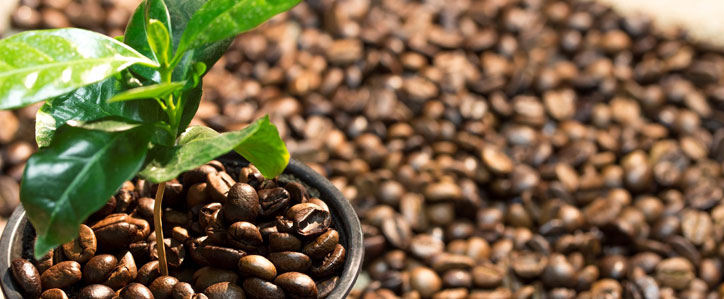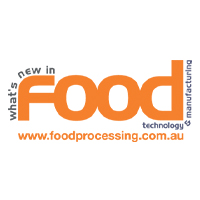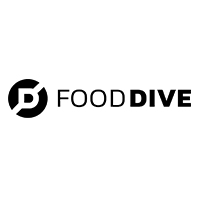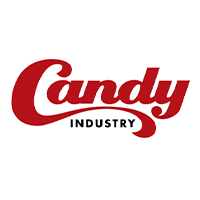Coffee is an intrinsic part of the day for many people in the world. As one of the globe’s most traded commodities, it has also been linked to a host of environmental problems, from habitat destruction to water pollution. The recent rise of single-use plastic pods such as those used by Keurig – almost one in three American homes now owns a pod-based coffee machine – has led to a fresh concern: huge quantities of waste.

K-cups have already generated their own backlash, but often when consumers start looking at a waste stream, they will inevitably realize how many other elements end up in a landfill – most noticeably, the coffee bag, which is generally foil-lined, with a paper or plastic exterior.
If it is sold in an ordinary grocery store, the bag also has a plastic de-gassing valve that is required to prevent spoilage (coffee releases CO2 for several days after roasting, which can lead to bags splitting and spoilage without the valve). The roasted beans also require a “tightly sealed packaging” to prevent oxidation.
Paulig, a Finnish company that is developing a plant-based laminate to use in coffee packaging, points out the difficulties of the process: “coffee packag[ing]… must protect coffee from external moisture and oxygen for 12 months. A package with these characteristics cannot decompose quickly even in an industrial compost.”
Paper bags are fine for gathering coffee from bulk containers and can be composted (except for the tin tie, of course), but unless they are foil-lined and contain a valve, they are not truly shelf stable and cannot be shipped in their packaging. Companies which are struggling with this issue are clearly an example of the top trend, “Going Full Circle.”
All of these issues become important at the higher end of the coffee market, where customers are more concerned with coffee that is environmentally healthy (generally shade-grown), ethical (pays living wages to the farmers involved), and sustainable.
The concept of sustainability is a complicated one, and has a number of elements, but one coffee company, Café© Mam, is an example what is currently possible to do to make the western world’s delicious and problematic addiction to coffee as harmless as possible. Their page on sustainability discusses many of these practices, down to the footprint of their decaffeination process.
Of particular interest is their method of creating shelf-stable, biodegradable bags. These are, as they point out, the first of their kind to hit the US market.
“All of our coffee,” they write, “is packaged in natural kraft bags with compostable, plant-based linings and are 100 percent compostable and biodegradable.” The last hurdle, it turns out, was the degassing valve: “While there are several options of standard biodegradable bags on the market, up until now, it has been impossible to find a coffee bag with a biodegradable degassing valve, which makes our bag completely shelf stable and biodegradable!”

Interestingly, the valve still looks like plastic (it is the white, flash-illuminated circle in the picture), but must be plant-based like the foil-lining. The problem, of course, with all of these supposedly compostable packages is that they are not generally backyard compostable, but only in industrial facilities that reach a certain temperature – and many such facilities won’t even accept the most common bioplastic (PLA, or polylactic acid), because it poses a contamination issue.
The bottom of the Café© Mam bag says: “This bag is compostable! Just remove the tin tie and send to your local composting facility.” Unfortunately, this is a place that does not actually exist where we live, or in much of America. If past experience is any indication, the paper will break down in our backyard compost pile, but the valve and foil will stick around.
At the moment, biodegradable packaging – unfortunately, like much else in the world of sustainability – seems to primarily exist to make the consumer feel slightly better at the moment of purchase. The support system and infrastructure that would actually process and re-integrate the waste into the planet simply doesn’t exist in most parts of America. Nonetheless, as companies struggle to go full circle, perhaps the existence of packaging like Café© Mam’s will increase the demand for such facilities, and the missing pieces of circle will begin to fall into place.
All Innova Market Insights material is copyrighted. The terms of use for this resource are contained in our standard Terms and Conditions.









